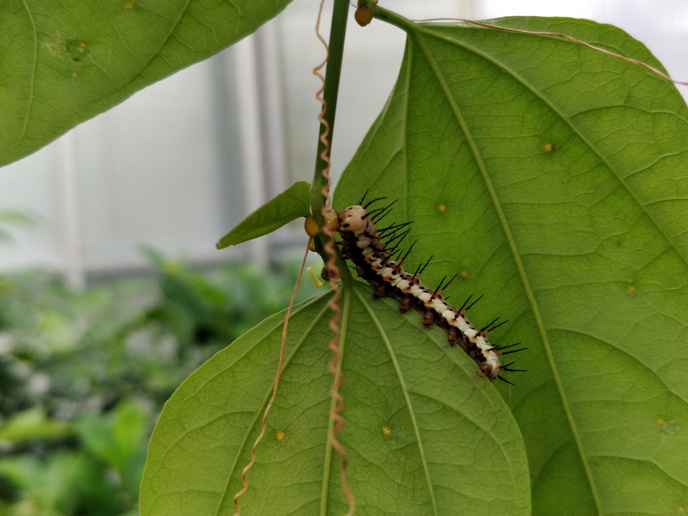Butterflies reveal metapopulation secrets
Glanville fritillary butterflies living among a network of 4 000 inhabited patches of land in the Åland Islands, Finland have been studied for over 22 years as a model system for metapopulations. Large-scale phenotyping and genotyping of this metapopulation was conducted by the project SPATIALDYNAMICS (Ecological, molecular, and evolutionary spatial dynamics). Researchers sequenced the full genome of the Glanville fritillary and constructed an accurate linkage map with ultra-dense genome-wide single-nucleotide polymorphism data. The genetic and genomic research was then integrated with ecological research. Results reveal a striking variation in gene expression among local populations with dissimilar demographic histories. Female butterflies from newly established populations were found to express the gene associated with egg provisioning and maintenance of flight more than females from old populations. This provided important insights into the molecular mechanisms behind previously reported variations in life history traits and population processes between new and old populations. Scientists also compared regional populations living in two fragmented and two continuous habitats in northern Europe. They found that a large number of genes (1 814) were differently expressed between landscape types. This showed that recurrent extinctions of local populations and recolonisation of unoccupied patches in the fragmented landscape selected for specific gene profiles. These results demonstrate that there are genomic adaptations to living in a fragmented landscape, such as being primed for frequent flight. However, researchers also found that small island populations in the Baltic Sea, which have remained completely isolated for over 100 generations, have accumulated many detrimental recessive mutations. These mutations compromise the long-term viability of the population, demonstrating what is likely to happen in innumerable remnant populations dwelling in landscapes fragmented by human activity. Moreover, research on the metabolic gene phosphoglucose isomerase produced evidence coupling ecological and microevolutionary dynamics in natural populations. This may enhance the response of species to altering environmental conditions as a result of changes in climate and land use.







